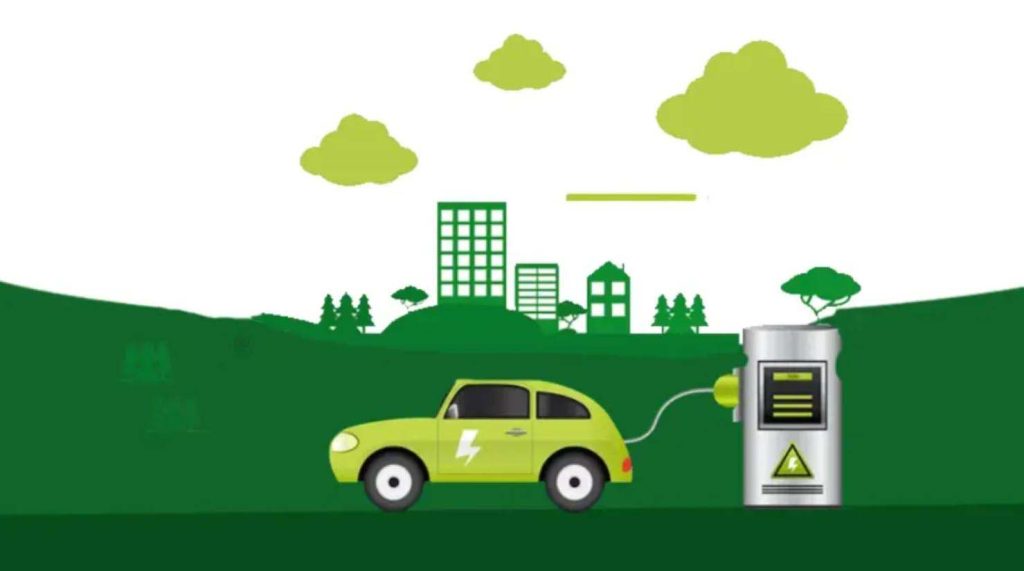Powering Electric Vehicles
Electric vehicles (EVs) have the potential to significantly reduce carbon emissions compared to internal combustion (IC) engine-based vehicles, thereby decreasing reliance on fossil fuels and promoting clean and efficient transportation. The operation of EVs fundamentally depends on advanced power electronics to drive the electric motor (engine) from the battery (fuel). In this context, power electronics systems perform two critical functions: (a) controlling the motor to accelerate and decelerate the vehicle, and (b) charging the battery (similar to refueling in traditional vehicles). This dual functionality is crucial for maximizing vehicle range, enhancing driving performance, and ensuring reliable operation.
At SPEL Lab, one of our primary focuses is developing high-performance power converters to enable fast and efficient battery charging while simultaneously reducing their weight and size. This advancement aims to significantly decrease the charging time from several hours, as seen with current technology, to a few minutes, making it comparable to the refueling time of IC engine-based vehicles. However, developing power electronics systems capable of fast charging presents numerous challenges, such as safely handling large amounts of power, often in the order of megawatts. Furthermore, with the increasing number of EVs on the road, there is potential to support the irregular nature of renewable resources by sending power from the car batteries to the utility grid. However, this requires special types of power converters. By successfully tackling these challenges, SPEL Lab is promoting the enhanced adoption of EVs and realizing the goal of zero carbon emissions.

